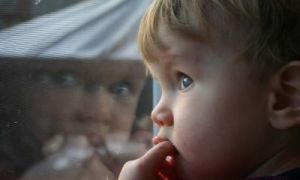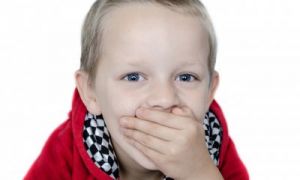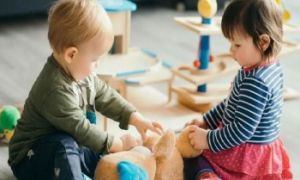When a child becomes violent in an early childhood setting, de-escalation isn’t just about calming the moment—it’s about protecting safety, preserving dignity, and responding to distress with relational intelligence. Here’s a trauma-informed, regulation-aligned guide to de-escalation strategies for violent behaviour in young children.
De-escalation Strategies For Violent Behaviour In Young Children
1. Create Immediate Safety Without Escalation
- Step back calmly to avoid further contact
- Use open, non-threatening body language
- Avoid restraint unless absolutely necessary and permitted by policy
- Signal for support if needed—educators should never be left to manage alone
Tip: Your calm presence is a regulatory anchor. Avoid reacting with shock or anger—even if it’s hard.
2. Use Emotionally Intelligent Language
- “I’m going to move back so we can both be safe.”
- “I see you’re having a big feeling. I’m here to help.”
- “Let’s take some breaths together.”
Keep your tone low, slow, and emotionally neutral. Avoid “Stop!” or “Don’t hit!” during peak escalation.
3. Respect Personal Space and Sensory Needs
- Dim lights, reduce noise, and remove overstimulating items
- Offer sensory tools (e.g., weighted cushions, fidget items)
- Allow the child to choose a quiet space if safe to do so
Co-regulation starts with environmental regulation.
4. Model Calm and Regulated Behaviour
- Breathe deeply and visibly
- Use slow, intentional movements
- Avoid making demands or asking questions during peak escalation
Sometimes silence and presence are more powerful than words.
5. Offer Controlled Choices
- “Would you like to sit on the cushion or the mat?”
- “Do you want to hold your soft toy or take deep breaths with me?”
Giving agency within safe limits helps restore control and reduce threat perception.
6. Use Visual Supports and Gentle Distractions
- Offer picture cards, calming visuals, or familiar objects
- Redirect attention with a soft toy, sensory bottle, or quiet activity
? Visual cues can bypass verbal overload and support regulation.
7. Debrief and Reflect Post-Incident
- Once calm, gently explore what happened: “That was a hard moment. I’m proud of you for calming down.”
- Avoid punishment—focus on restoration and relational repair
- Document objectively and update behaviour support plans if needed
De-escalation Strategies For Toddlers, Preschoolers, and School-Age Children
Here's a developmentally attuned breakdown of de-escalation strategies for violent behaviour, tailored to toddlers, preschoolers, and school-age children in early childhood and OSHC settings. Each section reflects trauma-informed practice, relational safety, and real-world sector insight.
Toddlers (1–3 years)
Toddlers are still developing impulse control, emotional vocabulary, and sensory regulation. Violence often stems from frustration, fatigue, or unmet needs.
Key Strategies:
- Use simple, soothing language: “You’re safe. I’m here.”
- Redirect gently: Offer a soft toy, sensory bottle, or quiet corner
- Narrate emotions: “You’re feeling mad. That’s okay. Let’s breathe.”
- Avoid verbal overload: Use gestures, visuals, and calm tone
- Stay close, but non-threatening: Sit nearby, open posture, soft voice
- Offer comfort objects: Familiar blanket, dummy, or transitional item
Tip: Toddlers co-regulate through your presence. Your calm is their anchor.
Preschoolers (3–5 years)
Preschoolers are learning to name emotions, negotiate boundaries, and understand consequences. Violence may reflect difficulty with transitions, peer conflict, or sensory overload.
Key Strategies:
- Validate feelings, not behaviour: “It’s okay to feel angry. Hitting hurts.”
- Offer choices: “Do you want to sit on the cushion or take a breath with me?”
- Use visual cues: Emotion cards, calm corner posters, breathing prompts
- Model regulation: “I’m going to take a breath too. Let’s do it together.”
- Use social stories post-incident: Reinforce safe behaviour through narrative
- Debrief gently: “That was a big moment. You’re not in trouble. Let’s talk.”
Tip: Preschoolers thrive on routine and relational repair. Restore connection before correction.
School-Age Children (5–12 years)
Older children may have more complex triggers—trauma history, neurodivergence, peer dynamics, or academic stress. They may understand rules but struggle to apply them under emotional strain.
Key Strategies:
- Use collaborative language: “Let’s figure this out together.”
- Offer agency: “Would you like to talk now or take space first?”
- Use regulation tools: Journals, sensory kits, music, movement breaks
- Avoid public correction: Preserve dignity with private check-ins
- Use restorative questions: “What happened? What were you feeling? What can we do next time?”
- Involve them in safety planning: Co-create calming strategies and safe spaces
Tip: School-age children respond to respect, predictability, and relational accountability.
Further Reading
When a Child Is Violent Towards You: Navigating Safety and Support in Early Childhood Education
Aggressive Behaviour And Violence In Children
Strategies For Dealing With Physical Aggression In Children
Encouraging Children to Express Emotions Appropriately
10 Strategies To Handle An Angry Child
Anger Management In Children
Strategies To Help Angry Children Cool Down
Teaching Children To Identify Their Anger Signs
Calm Down Box For Children
Calm Down Techniques For Overresponsive Children





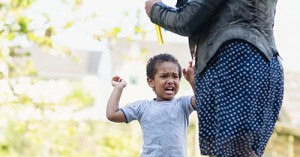
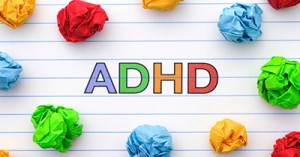
 Working as a childcare professional can be a challenge especially when dealing with behavioural problems which may arise. The techniques we use when dealing with
Working as a childcare professional can be a challenge especially when dealing with behavioural problems which may arise. The techniques we use when dealing with There are different types of behaviour that children can display and sometimes it can be hard to manage, especially if a child is having behavioural
There are different types of behaviour that children can display and sometimes it can be hard to manage, especially if a child is having behavioural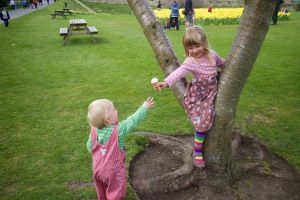 As a parent, your behavioural expectations of your child can be higher than what is actually developmentally appropriate for your child's age.
As a parent, your behavioural expectations of your child can be higher than what is actually developmentally appropriate for your child's age.
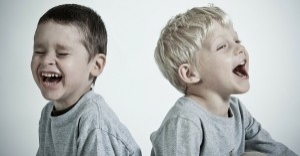 As Educators, there will be many instances where you will need to write about a child's behaviour. For a behaviour management plan, assessments, half-yearly or
As Educators, there will be many instances where you will need to write about a child's behaviour. For a behaviour management plan, assessments, half-yearly or As Educators when communicating with Parents (through verbal or non-verbal communication), there will be times where we need to discuss issues or concerns that may
As Educators when communicating with Parents (through verbal or non-verbal communication), there will be times where we need to discuss issues or concerns that may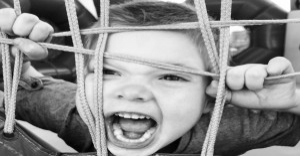 Challenging Behaviour is when a child does something that hurts themselves and/or other people.
Challenging Behaviour is when a child does something that hurts themselves and/or other people.
 As part of your child's development it is normal for your child to have anxiety and fears. A baby commonly shows a fearful sign to
As part of your child's development it is normal for your child to have anxiety and fears. A baby commonly shows a fearful sign to It's always difficult to bring up behavioural issues with parents, it can be nerve wrecking to tell a parent that their child misbehaves but that
It's always difficult to bring up behavioural issues with parents, it can be nerve wrecking to tell a parent that their child misbehaves but that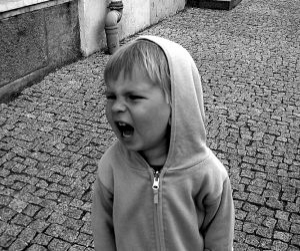 All children deal with anger on a daily basis. Thinking about it as a child, there is a lot to be angry about. Elder people
All children deal with anger on a daily basis. Thinking about it as a child, there is a lot to be angry about. Elder people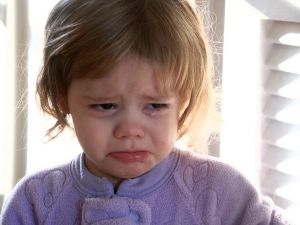 It is important to understand that your child behaviour problems could not just be from attention seeking. There are many factors to take into consideration
It is important to understand that your child behaviour problems could not just be from attention seeking. There are many factors to take into consideration